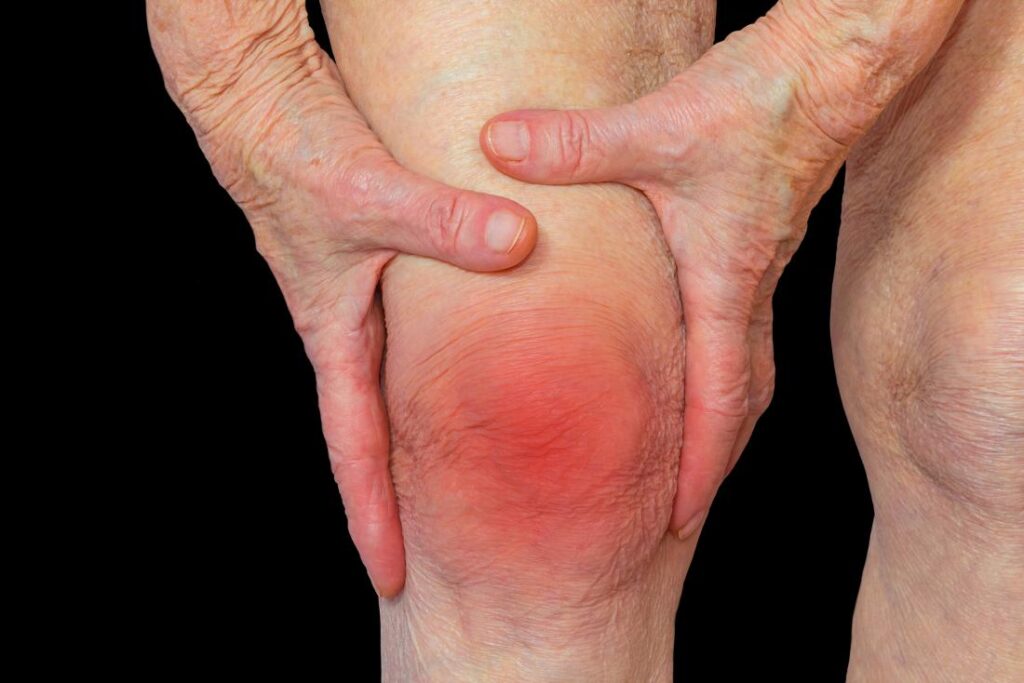What is Arthritis and how to prevent it?
Arthritis is described by the CDC as a general term for joint and/or tissue conditions. These conditions can cause swelling, pain, stiffness and even more serious conditions such as affected immune systems and internal organs. According to the CDC, it is estimated that by 2040, over 70 million Americans will suffer from a form of arthritis. This disease mainly affects people aged 65 and over, however there are cases of people below that age and even some in early childhood. Arthritis also tends to affect more women than men. Preventing arthritis boils down to maintaining a healthy mind and body. Things like exercise, dieting, proper medical treatment and even clothing can have a positive impact on arthritis prevention.




